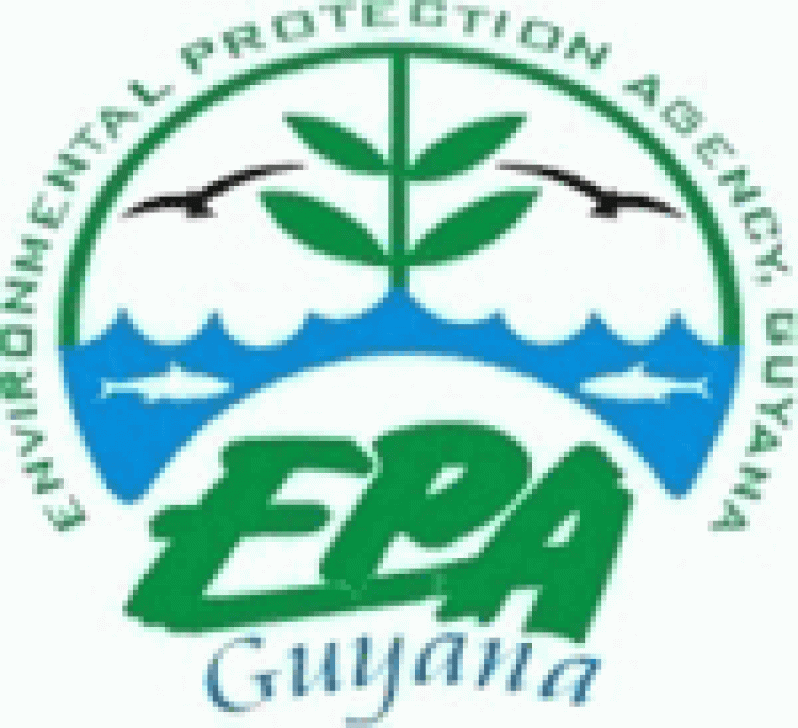WINDS are caused by the uneven heating of the atmosphere by the sun, the irregularities of the earth’s surface, and rotation of the earth. Wind-flow patterns are modified by the earth’s terrain, bodies of water, and vegetative cover. This wind-flow, when “harvested” by modern wind turbines, can be used to generate electricity. 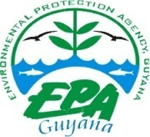 How wind power is generated?
How wind power is generated?
The terms “wind energy” or “wind power” describe the process by which the wind is used to generate mechanical power or electricity. Wind turbines convert the kinetic energy in the wind into mechanical power. This mechanical power can be used for specific tasks (such as grinding grain or pumping water), or a generator can convert this mechanical power into electricity to power homes, businesses, schools, etc.
Wind turbines
The most common method of generating electricity from the wind is by using wind turbines. Wind turbines, like aircraft propeller blades, turn in the moving air and power a generator that supplies an electric current. The wind turns the blades to spin a shaft, which connects to a generator and makes electricity. The electricity can then charge batteries, be connected to a building’s main power, or connected to the national power grid.
How is wind power generated?
Turbine components
Horizontal turbine components include:
• blade or rotor, which converts the energy in the wind to rotational shaft energy;
• a drive train, usually including a gearbox and a generator;
• a tower that supports the rotor and drive train; and
• other equipment, including controls, electrical cables, ground support equipment, and interconnection equipment.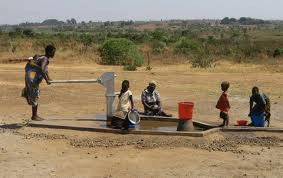
Advantages and disadvantages of wind-generated electricity
• A Renewable, Non-Polluting Resource
Wind energy is a free, renewable resource, so no matter how much is used today, there will still be the same supply in the future. Wind energy is also a source of clean, non-polluting, electricity. Unlike fossil fuel power plants, wind plants emit no air pollutants or greenhouse gases.
• Cost Issues
Even though the cost of wind power has decreased dramatically in the past 10 years, the technology requires a higher initial investment than fossil-fuelled generators. Approximately 80% of the cost is the machinery, with site preparation and installation accounting for the remainder. However, if wind-generating systems are compared with fossil-fuelled systems on a “life-cycle” cost basis (counting fuel and operating expenses for the life of the generator), wind costs are much more competitive than these conventional power plants.
Environmental concerns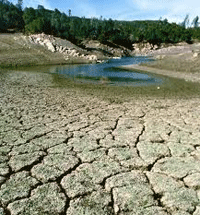
Although wind power plants have relatively little impact on the environment compared to fossil fuel power plants, there is some concern over the noise produced by the rotor blades, aesthetic (visual) impacts, and birds and bats being killed (avian/bat mortality) by flying into the rotors. Most of these problems, however, have been greatly reduced through technological development or by properly siting wind plants.
Supply and transport issues
The major challenge to using wind as a source of power is that it is intermittent and does not always blow when electricity is needed. Not all winds can be harnessed to meet the timing of electricity demands. Additionally, good wind sites are often located in remote locations far from areas of electric power demand (such as cities). Another area of concern is that wind resource development may compete with other uses for the land, and those alternative uses may be more highly valued than electricity generation.
Kids’ activity: How to make a windmill from recycled material
Things you will need:
1. The first thing you need is something to make the piece of the windmill that turns at the top. Plastic packets, e.g., Tortilla packets, can be used or you can try anything that you have lying around. Even paper will work.
2. Two pencils with erasers on the end. You will need these for the stick so you can hold the windmill.
3. A pin with a bobble on the end.
4. A piece of cardboard cut into an 11cm square.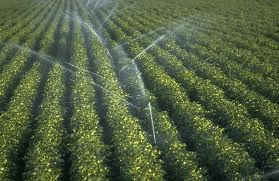
Here is how to make your windmill:
1. Place the square of cardboard onto the empty plastic packet. Draw around it with a marker. Cut out the square where you have drawn.
2. Fold the square of plastic in half diagonally and open out. Do the same for the other diagonal and again open back out.
3 Take a $5 coin and place it in the middle of your piece of plastic. Draw around it with a marker.
4. Cut along the folds you made and stop when you get to the circle you have just drawn. Do this for all four folds.
5. Take a corner of the packet and bend it in to the middle. Hold it there with your finger. Continuing around in a circle, miss one corner out then bend the next one in. Continue until you are holding all four corners in the middle.
6. Stick the pin through all the layers in the middle so it goes right through and comes out the back. You may need to ask an adult for assistance in doing this.
7. Take one of your pencils and remove the eraser from the end.
8. Very carefully stick this on the end of the pin that’s sticking out the back of your windmill. Leave a small gap between the plastic and the eraser so that your windmill will spin freely.
9. Very carefully bend the pin over where it comes out of the eraser.
10. Stick the pin into the eraser of the other pencil.
That’s it! You have created your very own windmill! Not only that, but you have found a great way to reuse materials! Congratulations! You can now display your windmill with pride!
You can share your ideas and questions by sending letters to: “Our Earth, Our Environment”, C/O EIT Division, Environmental Protection Agency, Ganges Street, Sophia, GEORGETOWN or email us at eit.epaguyana@gmail.com.



.jpg)




